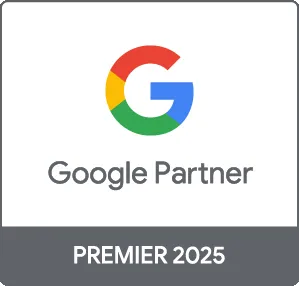AdWords campaigns are essential for businesses looking to increase their online visibility and drive sales. Whether you're a small business owner or a seasoned marketer, understanding how to create and manage effective AdWords campaigns can significantly impact your success. In this guide, we'll cover everything you need to know, from setting up your first campaign to optimizing it for better performance.
Why Use AdWords?
AdWords, now known as Google Ads, allows businesses to display ads on Google's search engine results pages (SERPs) and across its display network. The advantages include:
- Targeted Advertising: Reach users searching for specific keywords related to your products or services.
- Immediate Results: Start seeing traffic and potential customers in a matter of hours after launching your campaign.
- Cost Control: Set budgets and only pay when users click on your ads (Pay-Per-Click).
1. Setting Up Your First AdWords Campaign
Follow these steps to get started:
- Account Creation: Sign up for a Google Ads account and set up your billing information.
- Define Your Goals: Determine what you want to achieve (e.g., website traffic, lead generation, sales).
- Keyword Research: Use tools like Google Keyword Planner to find relevant keywords for your business.
2. Structuring Your Campaign
Organizing your campaign effectively is vital:
- Campaign Types: Choose between Search Campaigns, Display Campaigns, Shopping Campaigns, or Video Campaigns based on your objectives.
- Ad Groups: Create specific ad groups within each campaign to target different keywords and audiences.
3. Creating Compelling Ads
Your ads should grab attention and drive clicks. Consider the following:
- Headline and Description: Write clear and engaging headlines with a strong call-to-action.
- Ad Extensions: Utilize sitelink, callout, and structured snippet extensions to provide additional information and increase ad visibility.
4. Monitoring and Optimizing Performance
Once your campaign is live, it's crucial to track its performance:
- Use Analytics: Monitor key metrics such as Click-Through Rate (CTR), Conversion Rate, and Cost-Per-Click (CPC).
- A/B Testing: Test different ad versions to see which performs better and adjust accordingly.
5. Leveraging Remarketing Strategies
Remarketing allows you to re-engage previous visitors:
- Build Lists: Create remarketing lists based on user behavior on your site.
- Personalized Ads: Serve customized ads to users who have visited specific pages on your website.
Conclusion
AdWords campaigns can be a game-changer for your business when executed properly. By following the steps outlined in this guide, you can create and optimize campaigns that attract customers and drive sales. At Prebo Digital, we specialize in Google Ads management and can help you maximize your advertising efforts. Ready to see results? Contact us today for a consultation!





